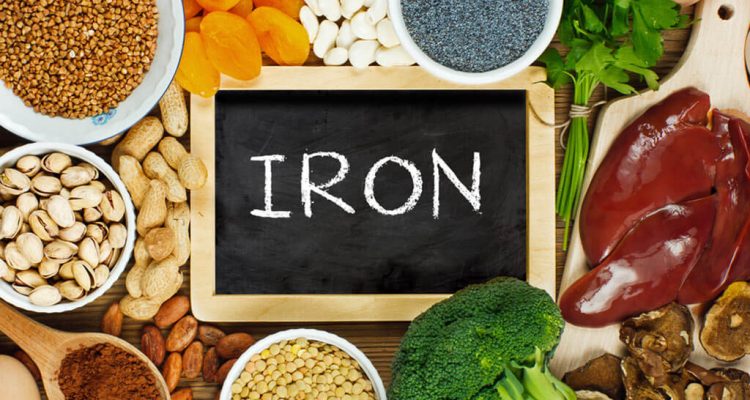
Key symptoms of iron deficiency and 6 foods to add to your diet
0
According to the World Health Organization, up to 80 percent of people in the world do not get enough iron. Do you know the symptoms of iron deficiency? These are the early warning signs to look out for, as well as six foods you should start eating today to boost your iron levels.
Iron deficiency can make you feel lethargic and exhausted. Your body needs iron to make haemoglobin, a substance found in red blood cells that helps them transport oxygen to your tissues and muscles effectively.
What are the symptoms of iron deficiency anaemia?
The NHS has warned that the most common symptoms of iron deficiency include:
- Fatigue and lack of energy
- Shortness of breath
- A noticeable heartbeat (rapid heartbeat)
- Pale skin
Less common symptoms of iron deficiency include:
- Headache
- Ringing, buzzing or hissing in the head
- Strange taste in food
- Itchy skin
- Hair loss
- Desire to eat inedible objects such as paper or ice
- Difficulty swallowing (dysphagia)
- Painful open sores in the corners of the mouth
- Spoon-shaped nails
- Restless legs syndrome
If you have symptoms of iron deficiency anemia, you should see your GP for a blood test to confirm whether you have the condition.
Your doctor will then suggest that you start taking iron supplements or switch to a more iron-rich diet. What foods are rich in iron and which ones should you avoid?
- Red meat or, if you are vegetarian or plant-based, beans and legumes as a substitute
- Liver
- Nuts
- Dark green leafy vegetables
- Dried fruits, including prunes, apricots and raisins
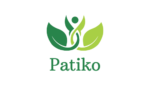
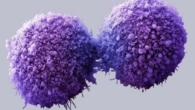

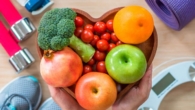



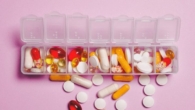
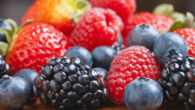
Leave a Reply